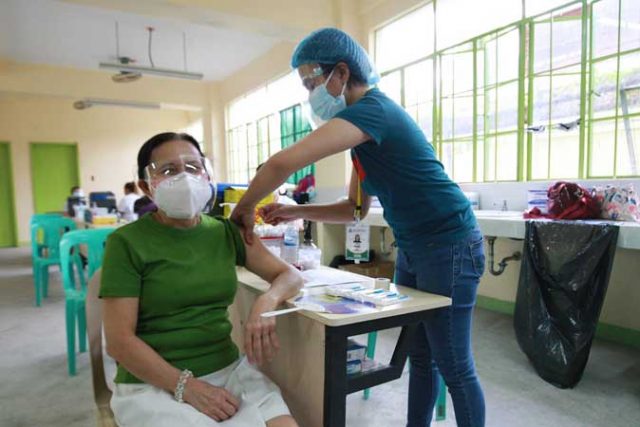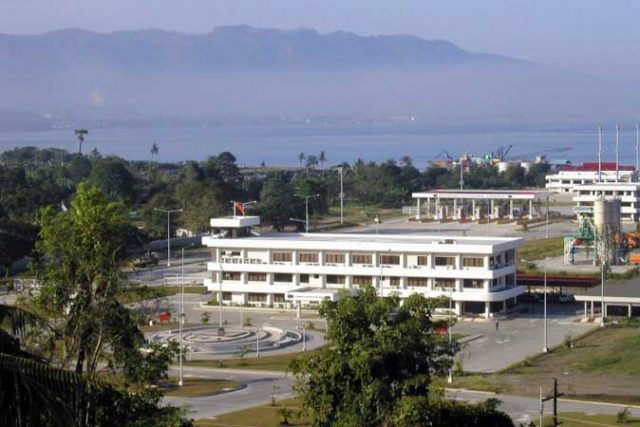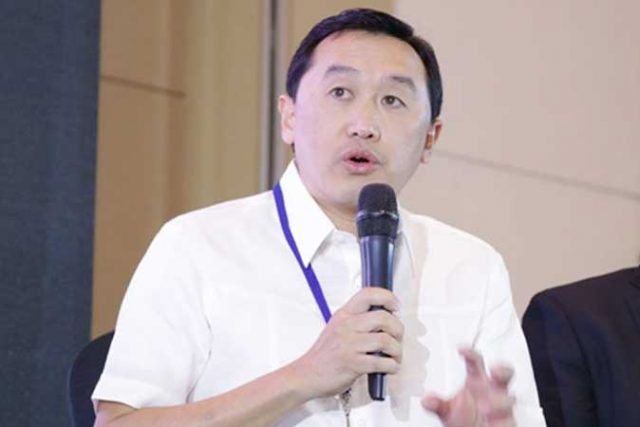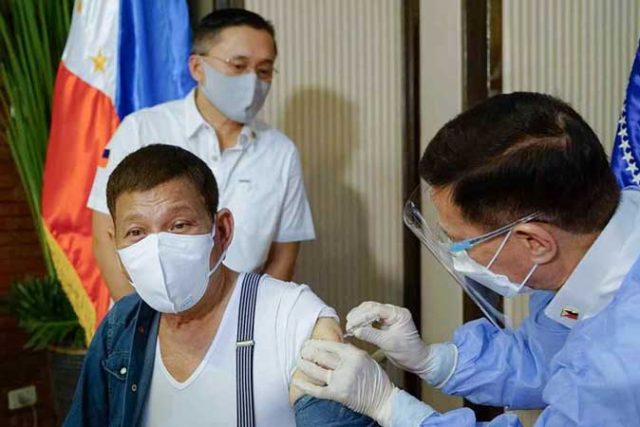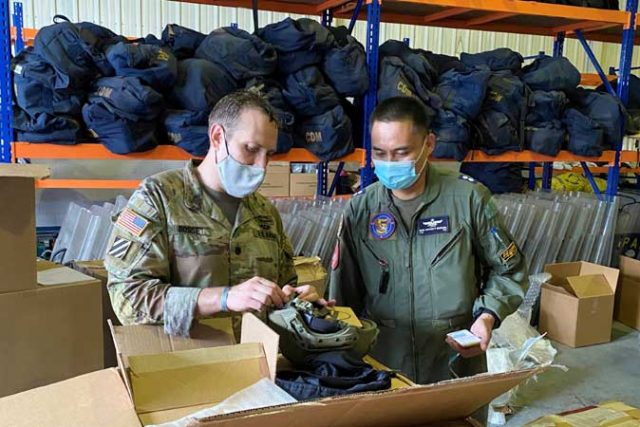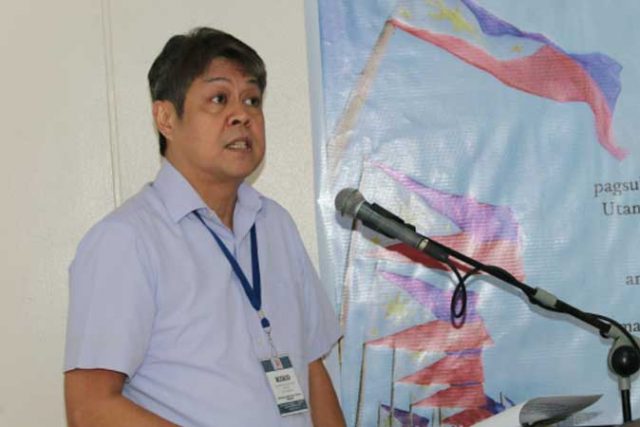PRESIDENT Rodrigo R. Duterte’s threat to order the arrest of people who refuse to be vaccinated against the coronavirus has no legal basis, the country’s Justice chief said.
“As a lawyer, he (Mr. Duterte) knows that not getting vaccinated is a legal choice; there is no law as yet that compels vaccination against COVID-19 (coronavirus disease 2019), much less criminalizes it, as presently available vaccines are still in their trial phases,” Justice Secretary Menardo I. Guevarra told reporters on Tuesday via Viber.
“I believe that the President merely used strong words to drive home the need for us to get vaccinated and reach herd immunity as soon as possible,” he added.
He explained that not getting vaccinated and not following health protocols are “two entirely different things.”
“Getting vaccinated is not mandatory but complying with health protocols is mandatory,” he said.
Presidential Spokesperson Herminio L. Roque, Jr., however, insists that the state has the power to make COVID-19 vaccination mandatory.
Mr. Duterte, during his public address on Monday night, said he will order the arrest of those who refuse to take part in the vaccination program. He also threatened to require village officials to prepare a list of those who decline to be vaccinated.
The President also said those who do not want to be vaccinated may leave the country. “For as long as you are here and you are a human being who can carry the virus, magpa-bakuna ka (get vaccinated),” he said.
The President’s statement “emphasized what the state can do,” Mr. Roque told a televised news briefing on Tuesday.
“This is part of what we call the police power of the state,” Mr. Roque said, reiterating that the government can use police power to deter potential threats to public health.
He did acknowledge that implementing compulsory vaccination would require legal basis, either under a national law or a local government ordinance.
The spokesman said it would be easy for the executive branch to ask Congress to pass a law that would make vaccination mandatory.
LAWMAKERS
Several lawmakers, on the other hand, questioned the President’s threat.
Senator Francis N. Pangilinan said the solution to encourage Filipinos to get vaccinated is through “science-based” interventions, not by intimidation.
“Threatening or arresting are not the solutions. The solution is science-based interventions, contact tracing, testing information dissemination and an effective vaccine rollout,” he said, partly in Filipino, in an online briefing Tuesday.
Senator Risa N. Hontiveros-Baraquel, in a statement in Filipino, said there is no need to threaten Filipinos.
“There is no need to threaten the public if there is a sufficient and continuous supply of vaccines that are safe, effective, and appropriate to their conditions; credible health information and education in the communities; and an organized vaccination system,” she said.
Meanwhile, Senator Maria Lourdes Nancy S. Binay noted that vaccine hesitancy is not the problem.
“Vaccine supply is the biggest problem, so we need to arrest that. But at the same time, vaccine hesitancy is there, but for me, the urgent need right now is you need to have more supply of the vaccine,” she said in an interview with ABS-CBN News Channel.
A Social Weather Station survey released on May 20, conducted among 1,200 respondents from April 28 to May 2, found that 32% of Filipinos were willing to get vaccinated, 35% were uncertain, and 33% were unwilling to get their shots.
Around 8.4 million coronavirus vaccines doses were administered as of June 20, with around 2.15 million people who were fully vaccinated, according to the Health department.
Philippine authorities and medical experts have been urging the public to get vaccinated to reduce the number of critical cases and achieve herd immunity by the end of the year. — Bianca Angelica D. Añago, Kyle Aristophere T. Atienza, and Vann Marlo M. Villegas



